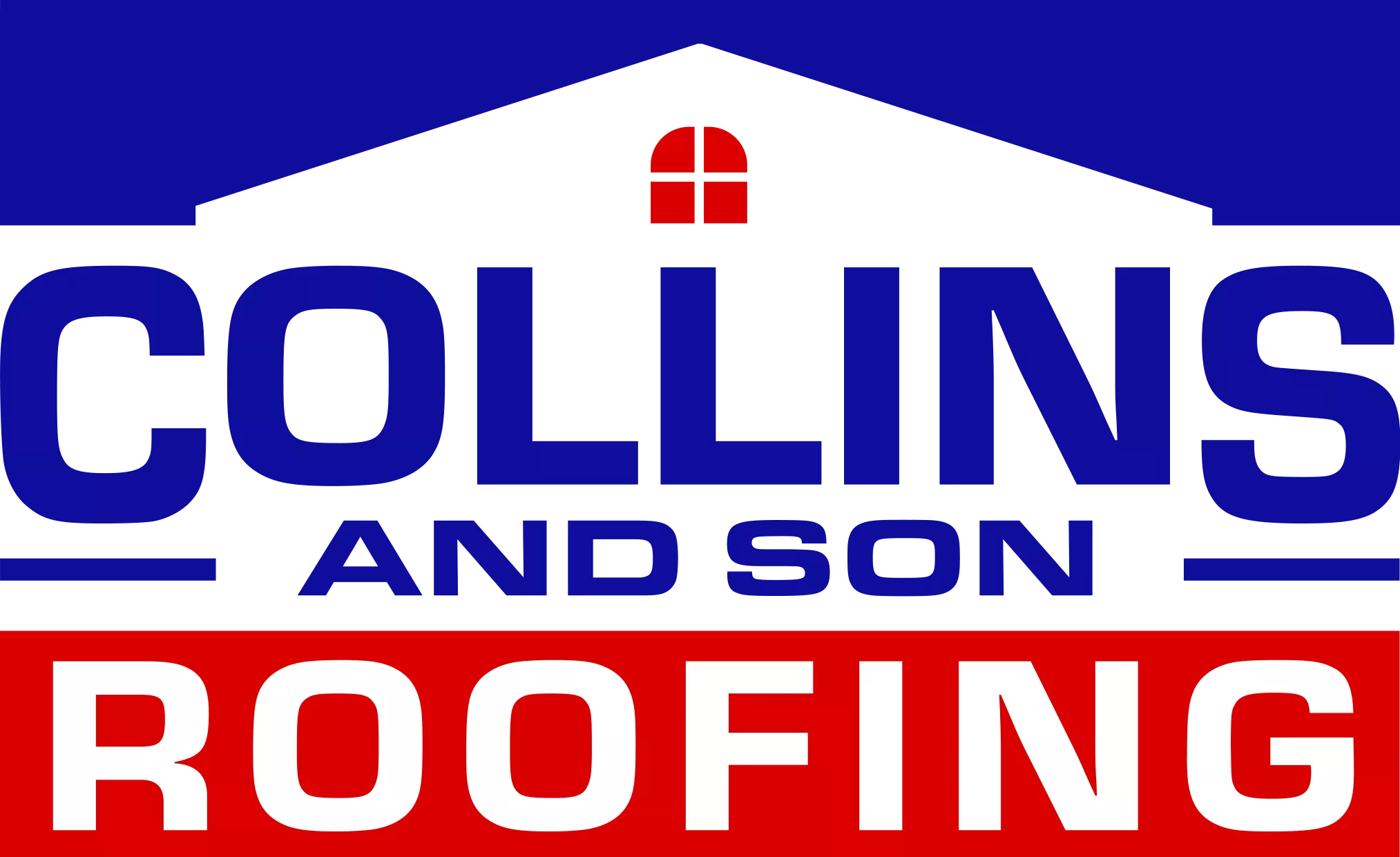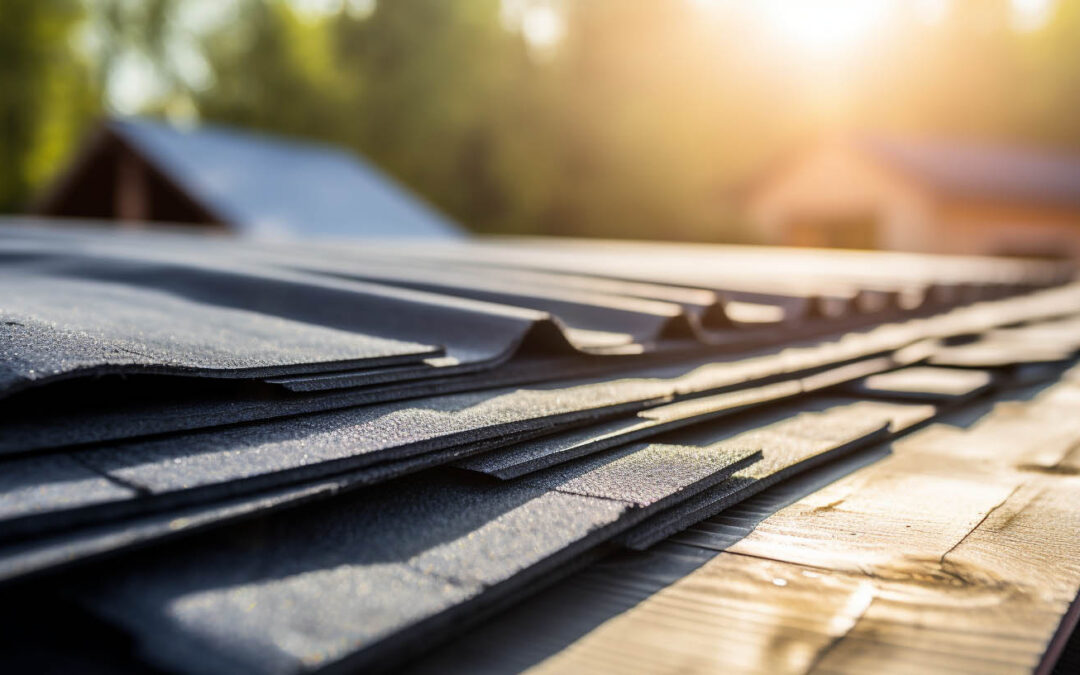When it comes to roofing, the choice of underlayment can make a significant difference in the overall protection and longevity of your roof. This essential component, often overlooked, acts as a barrier between the roof deck and the external elements. Let’s delve into the world of roofing underlayment and understand the pros and cons of the two primary types: synthetic and felt.
Understanding Roofing Underlayment
Roofing underlayment is the protective layer sandwiched between the roof sheathing (or deck) and the external roofing material, be it shingles or metal. This layer serves as a secondary shield against elements like rain, snow, and wind, ensuring that your home remains safe from potential moisture damage.
Felt vs. Synthetic: A Comparative Analysis
Felt Roofing Underlayment
Originating as one of the earliest forms of roofing underlayment, felt is produced by saturating paper or fiberglass mat with asphalt. It’s available in two primary types: No.15 felt and No.30 felt. The latter is denser, offering better strength and resistance against tearing.
Pros:
- Cost-Effective: Felt underlayment is often the preferred choice for homeowners on a tight budget due to its lower cost.
Cons:
- Durability Concerns: Traditional felt underlayment can’t be exposed for extended periods as it may dry out or lose its protective oils.
- Installation Challenges: Felt is heavier, making it cumbersome for roofing contractors to handle. It’s also prone to tearing, especially during installation or in high winds.
- Moisture Absorption: If exposed to moisture, felt can absorb water, leading to wrinkles that can hinder the flat laying of shingles.
Synthetic Roofing Underlayment
Crafted from durable polymers, synthetic underlayment offers enhanced protection against water and external elements. Its performance can vary based on the manufacturer, so it’s crucial to research and consult with a trusted contractor.
Pros:
- Strength and Durability: Synthetic underlayment boasts a robust construction, resisting tears and withstanding extended UV and moisture exposure.
- Ease of Installation: Being lighter and available in larger rolls, synthetic underlayment is quicker to install, reducing the workload for roofing contractors.
- Safety: Many synthetic underlayments, including those from renowned brands, feature slip-resistant surfaces, ensuring safer installations.
- Moisture Resistance: Unlike felt, synthetic underlayments are designed to repel water, making them ideal for homes in areas prone to heavy rainfall.
Cons:
- Cost: While many synthetic options are competitively priced, they might be more expensive than felt. However, the long-term benefits often justify the initial investment.
Making the Right Choice for Your Roof
Whether you’re considering a reroofing project or building a new home, the type of underlayment you choose can significantly impact the longevity and protection of your roof. At Collins & Son Roofing, we believe that synthetic roofing underlayment, with its myriad advantages, is a worthy investment for homeowners. Especially for those seeking top-tier roofing service in Conway AR, it’s essential to prioritize quality and durability.
Remember, the right underlayment can safeguard your home from potential water and moisture damage. So, when you’re looking for roofing companies in Conway AR or exploring metal roofing Conway AR options, ensure that you’re also making an informed decision about the underlayment.

